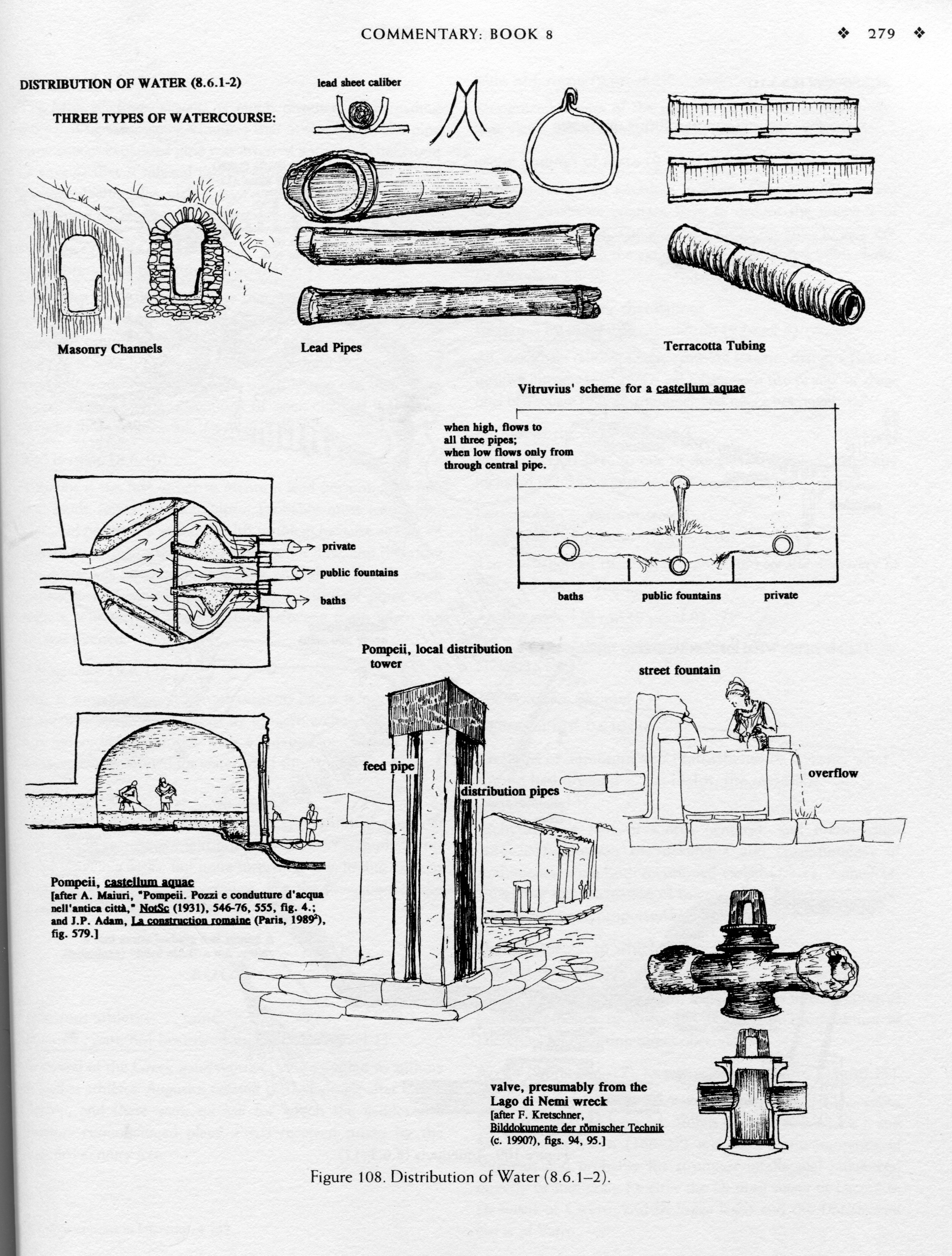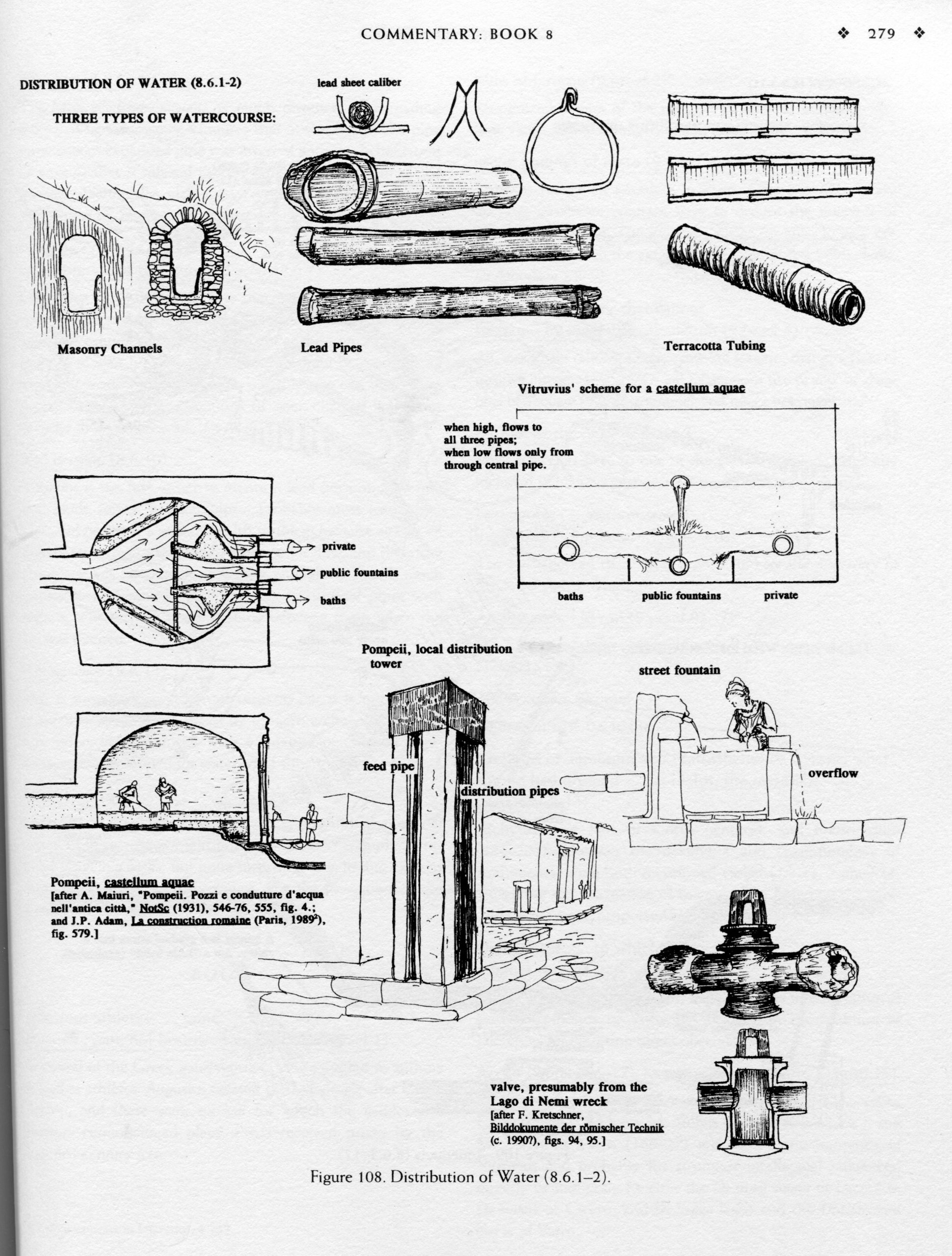
Title: From Aristotle to Algebra: The Mathematical Evolution of Physics and the Renaissance’s Scientific Revolution
The contemporary perception of physics as a fundamentally mathematical discipline did not materialize spontaneously; instead, it unfolded over numerous centuries through a complex interaction of philosophical thought, educational advancements, practical demands, and the reclamation of ancient, Islamic, and Renaissance insights. While many today regard Galileo Galilei as the trailblazer who fused mathematics with natural philosophy, the reality is both more intricate and captivating. The journey to articulate nature through mathematics commenced prior to Galileo, supported by a diverse array of thinkers and institutions, and was rooted in a wider transformation of scientific thought and pedagogy during the Renaissance. This article explores the origins and growth of the mathematical paradigm in physics.
The Medieval Perspective and Aristotle’s Impact
In the medieval European academic landscape, the curriculum was structured around the trivium (grammar, rhetoric, logic) and quadrivium (arithmetic, geometry, music, astronomy). Although the theoretical framework encompassed mathematical subjects, actual instruction in mathematics remained sparse and rudimentary. A fundamental philosophical basis of this medieval perspective was the Aristotelian interpretation of nature: nature was empirical and descriptive, whereas mathematics was confined to the domain of the abstract. According to Aristotle, while mathematics could be applied in auxiliary sciences such as optics or astronomy, it could not encapsulate the essence of natural phenomena.
This division between sensory experience and mathematical abstraction imposed constraints on the role of quantitative analysis in natural philosophy for centuries. When employed, mathematics primarily served practical purposes—calculating astrological charts or aiding navigation through basic astronomy—rather than functioning as a language capable of articulating natural laws.
Reassessing Philosophy: The Movement Toward Mathematical Representation
A prevalent misconception is that the mathematical representation of physics emerged from a rupture in metaphysical thought during the Renaissance—from Aristotelian empiricism to Neoplatonic idealism. This narrative simplifies the complexities of the era. While thinkers like Marsilio Ficino and Basilios Bessarion introduced Neoplatonic ideas into Renaissance discussions, the revival of Platonic thought was not intrinsically mathematical. In fact, significant advancements in integrating mathematics into natural philosophy were propelled not by Neoplatonists but by Aristotelians who adopted mathematical methodologies.
A more nuanced understanding of this transition arises from examining practical necessities and shifting perspectives on the utility of mathematics, bolstered by rediscovered knowledge and reform in education. For example, Christoph Clavius—an Aristotelian Jesuit—acknowledged the efficacy of mathematics in expressing natural phenomena and advocated for its more prominent role in Jesuit education. His initiatives arguably established the groundwork for many seventeenth-century mathematical physicists.
Rediscovery and Translation: The Renaissance Revival of Classic Mathematics
The Renaissance experienced a remarkable rekindling of interest in ancient writings, not limited to Greek and Roman heritage, but also encompassing Islamic scholars who had preserved and enriched these traditions. Previously overlooked or unknown works by Archimedes, Apollonius, and Ptolemy were translated, explored, and disseminated thanks to the advent of the printing press.
Archimedes, in particular, exerted a considerable influence. His studies in hydrostatics and mechanics established foundational ideas for later physical concepts, with Renaissance mathematicians, including Galileo, drawing inspiration from his works—although Galileo himself dismissed the algebraic advancements of his time, favoring Euclidean geometry.
Islamic contributions were equally vital. Arabic texts on algebra and trigonometry introduced European scholars to innovative methodologies, which gradually gained traction in academic circles. This included the contributions of Al-Khwarizmi and subsequent Arabic scholars who preserved, critiqued, and expanded upon Greek thought.
A prominent figure in this context is Regiomontanus, whose De triangulis omnimodis became an essential reference for revived trigonometry. Similarly, the algebra introduced to Europe by Leonardo of Pisa (Fibonacci) and later advocated by figures such as Gerolamo Cardano and François Viète began to permeate scholarly discussions, signaling the gradual academic recognition of previously “practical” mathematics.
Practical Demands: Astronomy, Optics, and Measurement Sciences
Much of the progress toward a mathematical physics stemmed from practical domains. Astronomy, optics, and mechanics were categorized as “mixed sciences” under Aristotle’s framework. However, the distinction between practical computation and philosophical explanation increasingly began to dissolve.
In astronomy, Copernicus, Tycho Brahe, and Johannes Kepler asserted that their mathematical models represented physical realities, rather than merely functioning as computational instruments. Kepler’s laws of planetary motion, possibly the first genuinely physical-mathematical laws, employed geometry and arithmetic to characterize natural processes.
Concurrent transformations occurred in optics. From Francesco Maurolico to Kepler’s Astronomiae Pars Optica, optics transitioned from philosophical speculations on sight to precise, quantitative investigations of light, lenses, and perception. Kepler’s contributions, for instance, merged anatomical insights with geometric optics, presenting a comprehensive model of visual perception grounded in mathematics.
